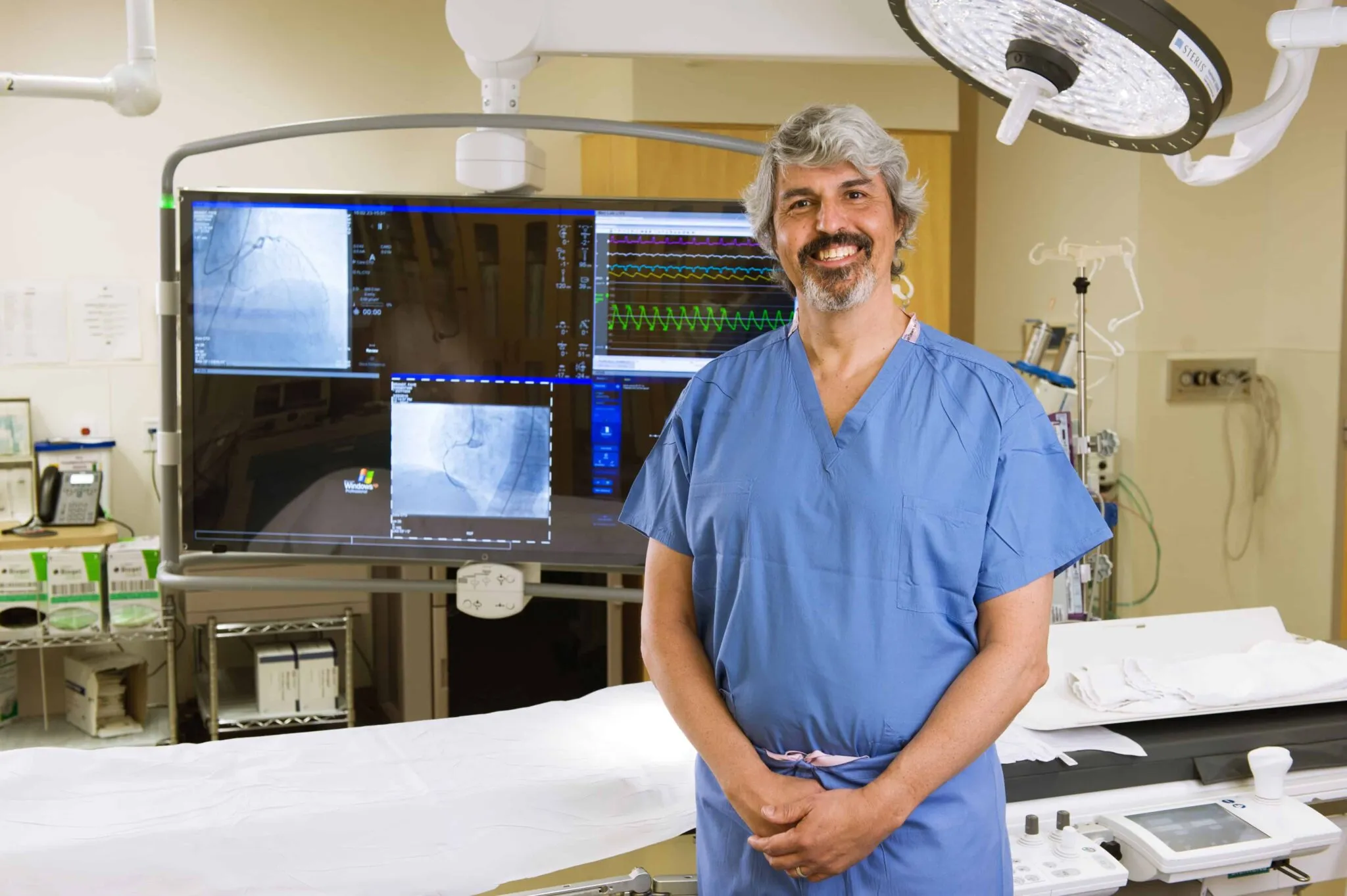Heart stent reduces risk of complications

Until just a few months ago, more than half of the patients with heart disease who had arterial stents installed to maintain the flow of blood during an angioplasty procedure could expect complications such as blood clots, which could lead to a heart attack and even death — the very reason they were in the doctor’s care in the first place.
It’s a grim merry-go-round heart patients don’t have to ride any more thanks to a new treatment offered by Boulder Community Health, the only hospital along the Front Range that offers this treatment. Developed by…
THIS ARTICLE IS FOR SUBSCRIBERS ONLY
Continue reading for less than $3 per week!
Get a month of award-winning local business news, trends and insights
Access award-winning content today!
